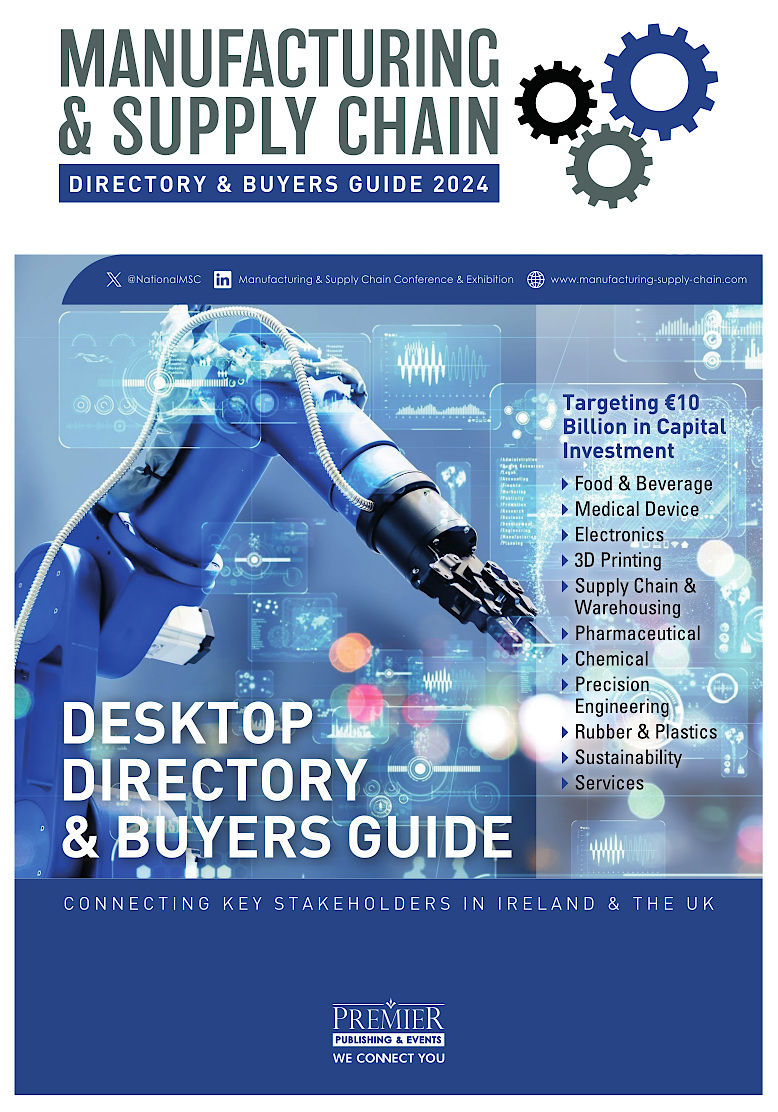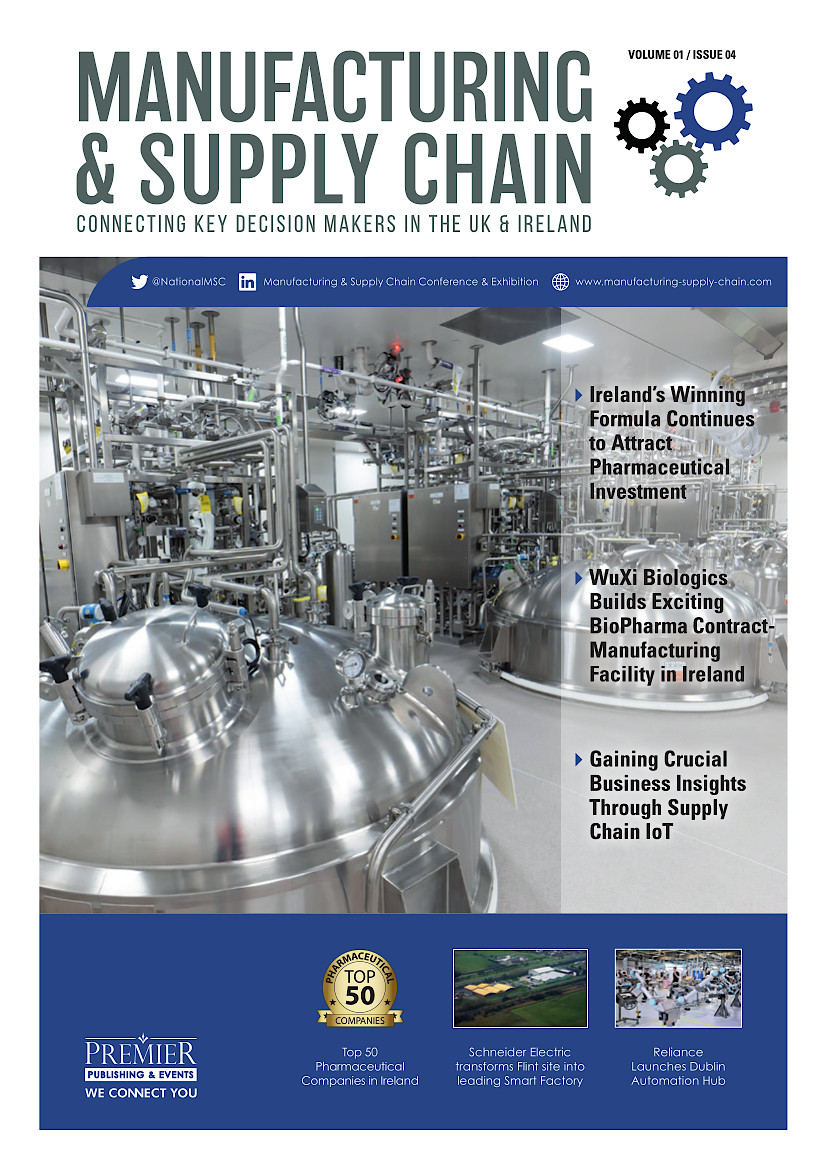Packaging – Designed For the Consumer or the Supply Chain?

Does the increasingly complex supply chain mean we are designing packaging more for the supply chain than for the consumer? Is the hot topic being discussed at this year’s BIG Packaging Debate, taking place on the 26th February 2014 at 15.30, in the International Brand Summit theatre, at Packaging Innovations 2014, NEC.
This year’s expert panel will include: Nick Dormon, Managing Director and Founder at Echo Brand Design; Paul Young, Director & Head of DHL Packaging Services Europe; Martina Mercer, Editor, of The Consumer Voice; and Gary Woodhouse, Business Improvement Manager from Alliance Boots. Chairing the debate will be Kevin Vyse, Packaging Technologist at M&S who remarks:
“Should be an interesting debate, the packaging industry has always met the latest challenge head on and found workable solutions. However the future retail landscape looks very different and getting products into consumer’s hands ever more sophisticated. I’m interested to hear if packaging professionals feel that the fast developing supply chain is becoming more of a driver to design than the consumer. ”
With panellists’ comments being released ahead of the debate things look set to be rather heated…
Dormon states: “On one side we have marketers who want their pack to stand out on shelf and appeal to the consumer. Marketers therefore have a vested interest in looking after the consumer, but only up to the point that they have made a purchase. The supply chain focuses on efficient production and distribution. I challenge that few people in the supply chain think about the consumer other than ensuring packs are not faulty or dangerous for obvious legal and reputation reasons…but what about the in-use experience, who cares about that?”
Mercer believes there is great opportunity for retailers to reduce costs, she explains: “Those that shop online don’t expect eye catching designs or elaborate packaging unless buying products as gifts. This allows the retailer to use the minimum, designing the packaging more with the security of the product in mind, as it must go through the delivery funnel, and less with an eye on enticing design. Cheaper materials can be used while money can be saved on advertising.”
Young adds: “Clearly the primary or shelf ready packaging is designed by marketers for maximum appeal to the consumer. Secondary packaging has very little function other than to protect the goods through the rigors of the physical supply chain.”
“On the High Street packaging is still a major influencer for consumers, remarks Mercer. “Consumers will buy a product that appears to be a ‘luxury’ alternative based on the packaging regardless of the contents.
“If packaging is being designed with the supply chain in mind this is no bad thing as this all offers a better, quicker, safer and more economical service to the consumer. Online, a customer views the actual product rather than the packaging. Although for retailers there is still opportunity to advertise with images, when only one household sees the box is there really any point?” adds Mercer.
Young comments: “One might wonder whether this ‘duplication’ of packaging can be reduced or simplified in more cases than it actually is. My own experience is that there is much less thought or focus given to secondary packaging and there are efficiencies to be made in this area, particularly in the CPG (Consumer Packaged Goods) sector where it is highly commoditised and ever needing to find cost efficiencies.”
Dormon concludes: “The supply chain may well be increasing in complexity, but so are consumers’ lives and the way we market to them. The issue is about measuring tangible value for the effort given. We can see the results of supply chain investment – better quality, faster delivery etc.
“However, because the consumer experience is out of sight, little attention is paid here because it’s difficult to measure the benefit. But this is where brand advocacy develops. And in a complex digital world advocacy will become increasingly important to a brand’s reputation. It’s just we need to find a way to measure it to refocus efforts.”
The BIG Packaging Debate encourages visitors not only to listen to the lively debate but to take part by firing their thoughts and questions from the floor.
A drinks reception for all those visiting the show will be held after The BIG Packaging Debate providing an opportunity to meet the panel and the rest of the speakers at the show, network with colleagues, new contacts, and exhibitors.
Packaging Innovations takes place at the NEC on 26 and 27 February 2014, and will feature seven co-located shows in total: Packaging Innovations, Ecopack, Contract Pack, Packtech, Print Innovations, Labelling Innovations and Converting Innovations.
Visitor registration is free via the Packaging Innovations website www.easyFairs.com/PIUK
These independent seminars and case studies are selected to provide inspiration and practical guidance on packaging and print issues. To see the full learnShops line-up and to register for free entry to the exhibition visit www.easyFairs.com/PIUK
Companies interested in exhibiting at Packaging Innovations 2014 can find out more about booking a stand by calling the packaging team on +44 (0)20 8843 8821 or emailing PackagingUK@easyFairs.com.





















